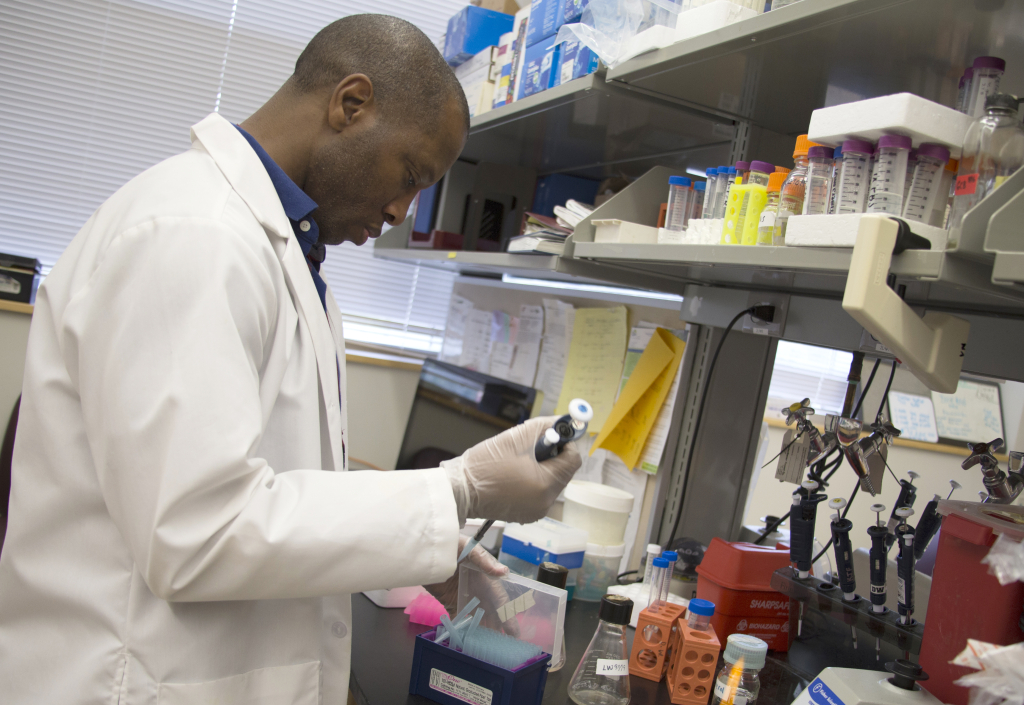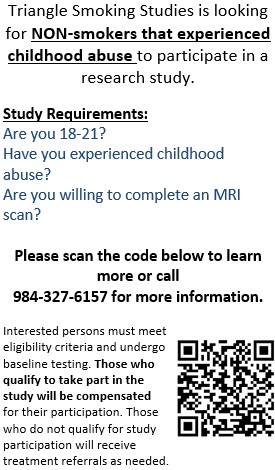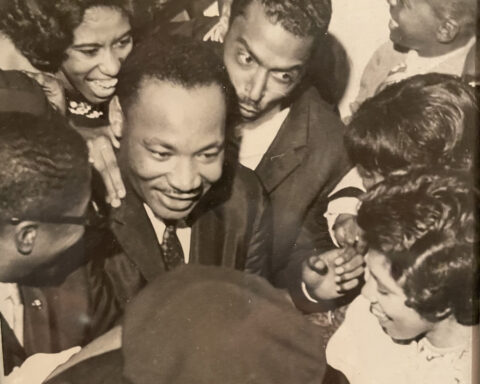Daniel Williams, associate professor in N.C. Central University’s Department of Biological and Biomedical Science, can be found in the labs at Mary Townes Science Building at Bunsen burners engaged in a battle with gonorrhea, specifically its growing resistance to antibiotics.
Daniel Williams is a Franklinton, N.C. native and a NCCU alumnus. He received his Bachelors and Masters of Science in Biology from NCCU, PHD from North Carolina State and Postdoctoral Research at Emory University. He attended NCCU on a track scholarship and his need to understand the how’s and why’s in life directed him into the field of science.
“I like to know how things work and why. I tell my students to answer the question ‘why?’” said Williams.
Williams’s ‘why’ question is this: Why do gonorrhea cells pump out — or reject — the antibiotics bacterial we deliver to them? This rejection is done by an efflux pump on the cell membrane, and it’s one of the major reasons gonorrhea is becoming resistant to antibiotics.
Gonorrhea — commonly referred to as the “clap” (from old French word clapiers –meaning brothels, that where associated with the spread of sexually transmitted infections) — is caused by the Neisseria gonorrhoeae bacteria. It’s more dangerous today than ever. “There are 800,000 cases of gonorrhea reported annually to the CDC. And the infection increases the susceptibility to HIV and other secondary STDs. It’s important to practice safe sex,” Williams said.
According to a Centers for Disease Control report, gonorrhea is the second most commonly reported notifiable disease in the United States. Epidemiologic and biologic studies provide evidence that gonococcal infections facilitate the transmission of HIV. According to the report antibiotic resistance cases of gonorrhea have increased in the last 10 years nationwide. Antibiotics such as Vancomycin, Ceftriaxone and Cefixime are increasingly ineffective against Neisseria gonorrhoeae bacteria.
Resistance occurs when the normal concentration of a drug needed to clear the infection has to be increased or becomes ineffective. Williams said it is important that the full dosage of a prescription is taken completely, if not taken properly there will be bacteria remaining which reinfect the patient. He said that the overuse of antibiotics can also cause resistance.
Williams explains that Neisseria gonorrhoeae bacteria can also prevent, via target site modification, antibiotics from identifying their target inside the cell. His research is focused on studying and identifying new targets hoping to aide in the development of new drugs to combat this phenomenon.
“Even if I only contribute to the textbook knowledge on how gonorrhea works, for me that is just as important as the possible medical implications. But if along the way I find something that can improve medical care, that’s even better,” Williams said.
Gonorrhea infection is not treated early it can develop into the sexually transmitted disease (STD). The infection affects both male and females. The symptoms are yellowish green vaginal and penile discharges with a burning sensation during urination. These symptoms appear about 30 days after initial infection.
Anitibiotic resistant gonorrhea first arrived in North Carolina in 1983 when over 50 cases of penicillin-resistant gonococcal infection were reported in Durham County. Thirty of the 55 affected patients were men with a median of 24 years.
According to Williams he is less worried about a gonorrhea epidemic than with the more serious consequences of contracting HIV/AIDS.





















